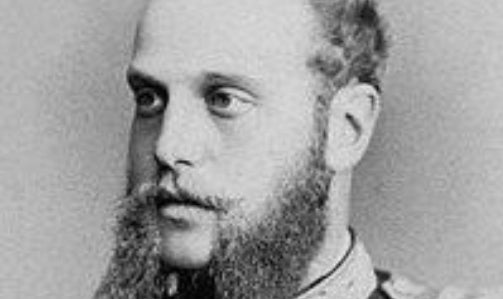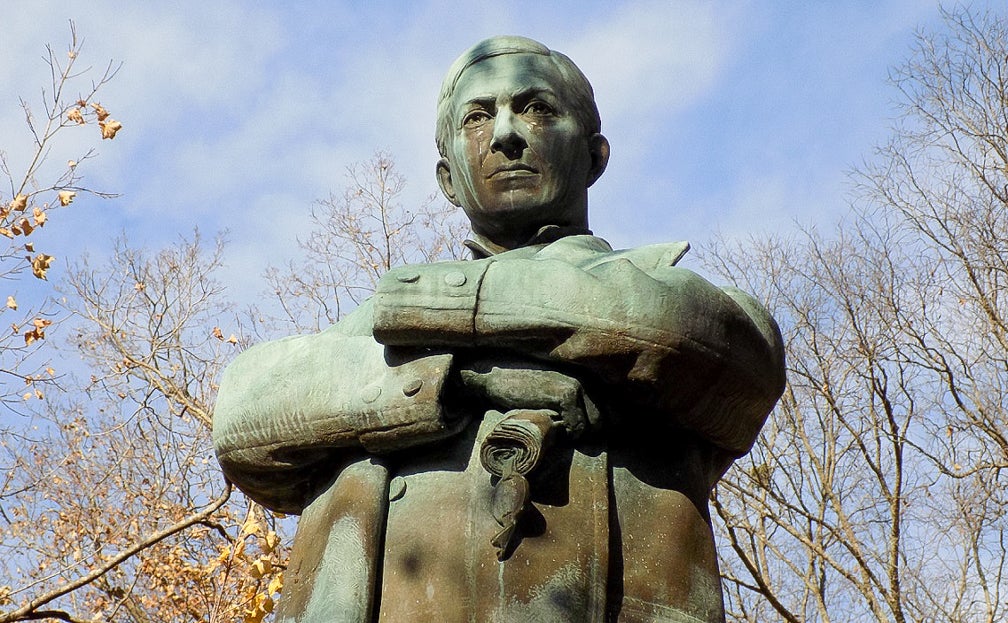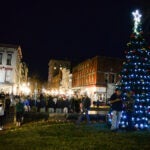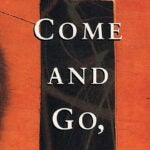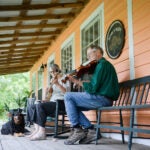In 1873, Grand Duke Alexis Alexandrovich, the fourth son of Tsar Alexander II of Russia, made an official visit to the United States. Initial news of this forthcoming royal visit to the U.S. caused not a ripple in the doings of society here in Frankfort. The Grand Duke arrived in New York on November 21, 1871, on board a Russian warship. After a welcoming by the city of New York, he traveled by train to Washington, D.C., to dine with President Ulysses S. Grant and members of his cabinet and Congress.
From Washington, the Grand Duke traveled by train back up the eastern seaboard to Canada. The eastern newspapers reported his visit in front-page stories that soon were being picked up and republished by newspapers in Kentucky. The idea of the Grand Duke visiting Kentucky and, in particular Frankfort, became a topic of conversation in the capital city.
When it became known in Frankfort in January 1872 that the Grand Duke, accompanied by Gen. George Custer, Buffalo Bill and Texas Jack, was going to travel to Kansas to hunt buffalo, the idea of inviting the Grand Duke to Frankfort burst forth upon the community. Thus, on January 12, 1872, Sen. Edwin Hawes introduced on the floor of the Old Capitol a joint resolution to invite the Grand Duke to Frankfort.
The senator noted that Frankfort had in the past hosted various foreign and national dignitaries including Gen. Lafayette. The introduction of this joint resolution by Hawes was not met with universal endorsement — there was much concern within Frankfort about the cost of hosting the Grand Duke. The resolution was thus amended by the Hawes to include an appropriation of $40,000 from the state treasury to cover Frankfort’s cost of hosting the Grand Duke. However, the idea of spending state money to host a member of royalty met with considerable pushback from the citizens of Kentucky.

With the death of the joint resolution in the chambers of the Old Capitol, a number of Frankfort’s leading citizens took it upon themselves to extend an invitation to the Grand Duke to visit Frankfort. I expect that the Frankfort citizens believed that if the Grand Duke accepted the invitation, the state would have found the money to entertain him. The Grand Duke, however, upon receiving Frankfort’s invitation to visit, politely declined. Instead, he accepted invitations extended by Cincinnati, Ohio, and Louisville. While in Cincinnati, he did visit Northern Kentucky.
The Grand Duke arrived in Louisville from Cincinnati by train on Jan. 31, 1872. Some had hoped that the Grand Duke’s train would be routed through Lexington and Frankfort on its way to Louisville, but this was not to be. The citizens of Frankfort who wished to see the Grand Duke during his processional ride through Louisville could purchase half-price round-trip passenger tickets at the Frankfort depot to travel to Louisville onboard a Louisville, Cincinnati and Lexington railroad excursion train.
A few fortunate residents of Frankfort received invites from the Louisville hosting committee to purchase tickets at $10 each to attend the reception welcoming the Grand Duke to Louisville. The reception was held at the Galt House.
At the end of the Grand Duke’s stay in Louisville, Feb. 1, 1972, the Louisville & Nashville Railroad (L&N) ran a special train to Mammoth Cave, where the Grand Duke spent an afternoon touring the cave. His escorts for this trip were Gen. George Custer and his wife, Libby. After touring Mammoth Cave, the Grand Duke traveled on by L&N train to Memphis, Tennessee, via Bowling Green. At Memphis, he took a steamboat to New Orleans, Louisiana.
On Feb. 22, 1872, the Grand Duke sailed for home from Pensacola, Florida. Upon his return to Russia, he had various positions in the Russian government but was forced from office due to the Russian defeat in the 1905 Russo-Japanese War. The Grand Duke died in 1908 while living in exile in Paris, France.

